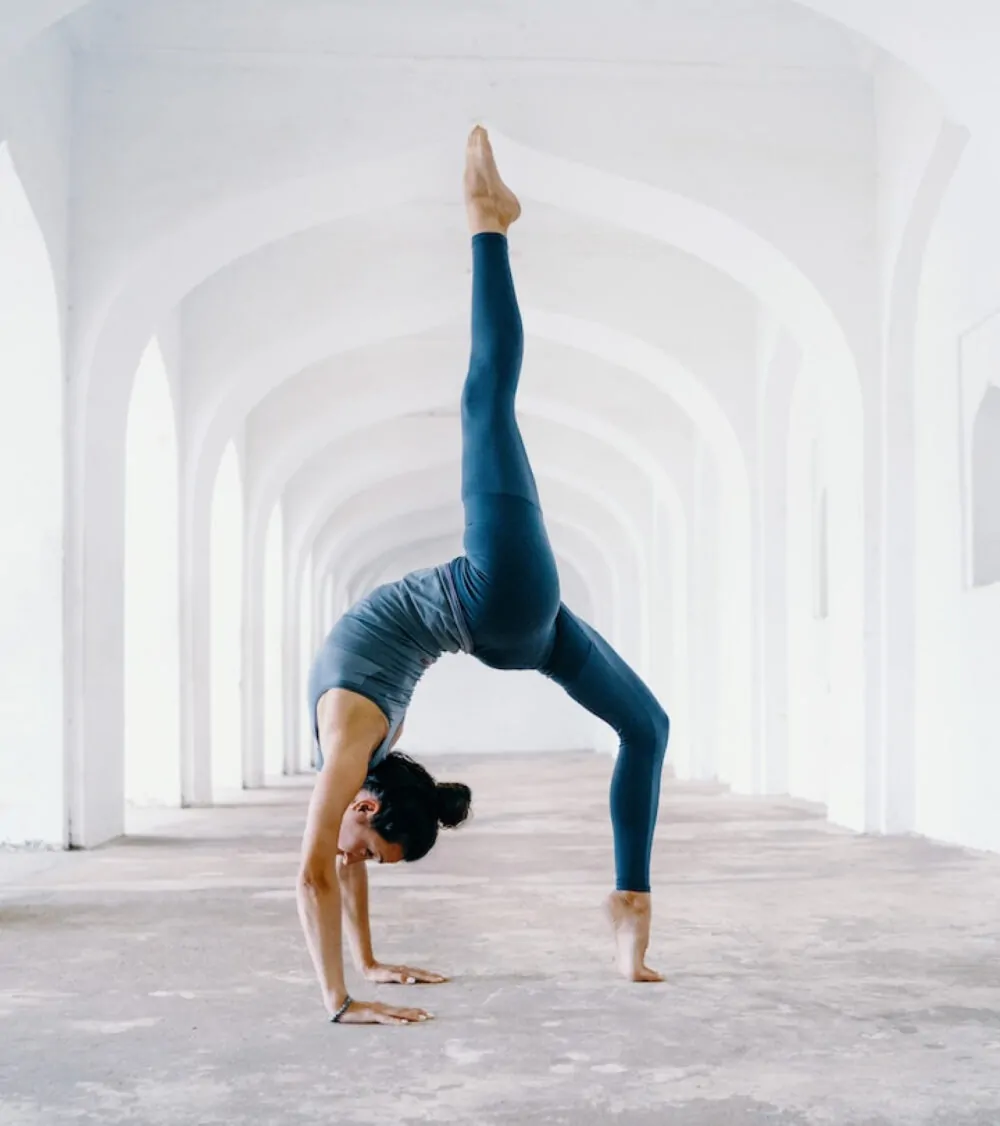Hatha Yoga Practices: Energy Expenditure, Respiratory Changes and Intensity of Exercise
1. Introduction
There is literature on the ancient Indian system of yoga regarding its positive effects on various physiological systems. It has been seen that psycho-physiological changes by yoga help in the improvement of both musculoskeletal and cardiopulmonary functions. Long-term yoga practice improves depth of breathing and alters chemoreceptive sensitivity. It also reduces metabolic rates in healthy subjects. Meditation leads to hypo-metabolic state but specific respiratory exercises (pranayama) do the opposite. Yoga improves physical performance body flexibility and mental health. Its therapeutic potential in various diseases particularly for life-style-related ones have been explored and is being utilized. The four leading risk factors like overweight, high blood pressure, high blood glucose, and high cholesterol, which are linked to lifestyle-related chronic diseases, may be reduced by yoga intervention. It helps in the reversal of coronary artery diseases. It has even helped to improve physical performance and to reduce the level of inflammatory markers in chronic heart failure patients with 25% ejection fraction. Yogic practices are useful in the management of diabetes and bronchial asthma. It has also been shown that if the intensity and duration of yoga training are not proper the expected effect of yoga may not be observed. Yoga has great psychological benefits by reducing stress, anxiety, and depression. Its role in the treatment of chronic insomnia has also been reported. Yoga is rapidly gaining popularity. The number of people practicing yoga for health benefits in India as well as abroad has increased significantly in the past decade.
2. Subjects
It is a scientifically accepted fact that males and females have different ranges of physiological parameters in normal conditions. The magnitude of the effect of physical training on them also differs. This happens due to the different hormonal profiles of the two genders. The study shows that the magnitude of response to basal metabolic rate by yoga training in males and females was different.
3. Yoga Practices
The greater variety of yoga postures/practices is in its purview to get a closer view of the behavior/range of various physiological parameters within a reasonable time frame to arrive at a realistic conclusion. Hence, a representative yoga practice schedule as usually practiced by normal healthy persons is explained below.
Hatha yoga exercises were administered according to the standard procedure. Duration (in minutes) for each yogic practice as performed during the yoga session is also be maintained meticulously. The entire Yogic exercise schedule consisted of hatha yoga asana (24 min), BMs (8 min) and meditation (5 min). Usually after every asana, adequate rest in the form of Shavasana (SAV) is necessary. During this time oxygen consumption (O˙ 2) along with heart rate shall be monitored.
The various yoga postures as practiced by the during a full yoga session. (1) Yoga mudra asana 1-YM 1, (2) Yoga mudra asana 2-YM 2, (3) Paschimottanasana-PSN, (4) Supta pavan muktasana-SPVM, (5) Pavan muktasana-PVM, (6) Dhanurasana-DHN, (7) Matsyasana-MYS, (8) Vajrasana-VAJ, (9) Supta Vajrasana-SVAJ, (10) Gomukhasana 1-GMK1, (11) Gomukhasana 2-GMK 2, (12) Sarvangasana-SARV, (13) Halasana 1-HAL1, (14) Halasana 2-HAL 2, (15) Karnapeedasana-KPED, (16) Bhujangasana-BHUJ, (17) Utthanpadasana-UTP, (18) Shavasana-SAV, (19) Kapalbhati-KB, (20) Bhastrika-BHAS, (21) Kaki mudra-KAKI, (22) Yoni mudra-YONI, (23) Bhramari pranayama-BHRA, (24) Sukhasana-SUKH, (25) Omkar meditation-OMMED, (26) Meditation-MED, (27) Sukhasana-SUKH, (28) Shavasana-SAV.

If it is taught in a proper atmosphere and proper way with a certain sense of humility about the whole process, it is a really fantastic process of shaping your system into a fantastic vessel, a fabulous device to receive the Divine power.
Hatha Yoga not only improves flexibility but also enhances mindfulness. If you’re new to yoga, check out our guide on Beginner Yoga Poses for Flexibility- http://letsstayfit.net


